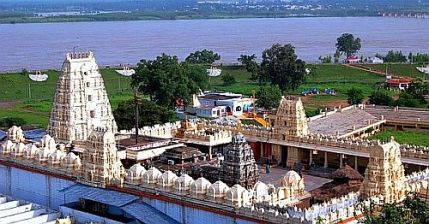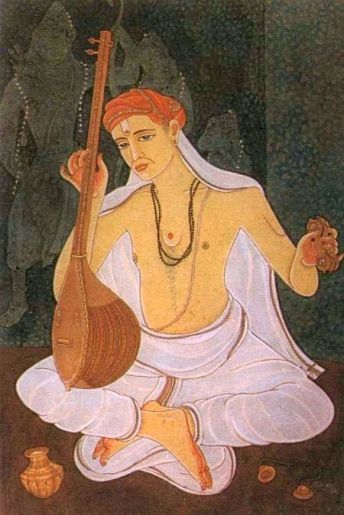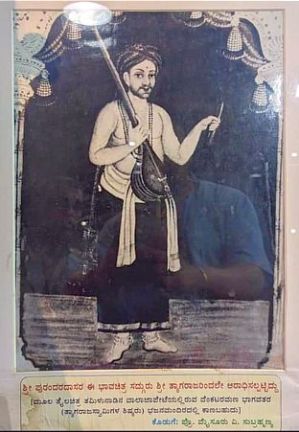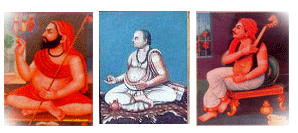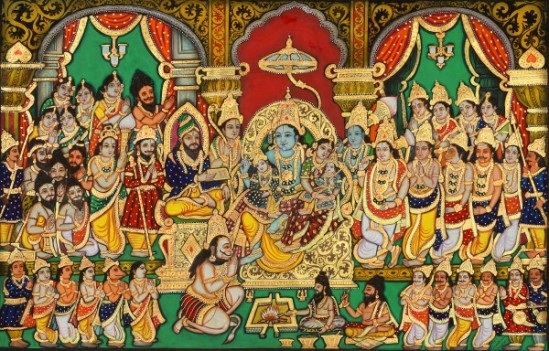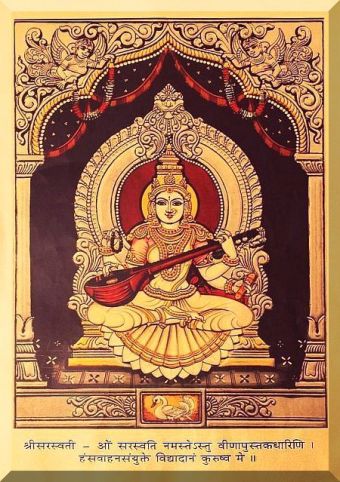
OVERVIEW
Across the centuries, the long and hoary tradition of the Indian Music, at each phase of its development, was enlivened by a series of significant modifications and creative innovations.
To start with, the Sama Svaras (notes) of Nidhana prakriti (diminishing nature) or Vakragati, following Avaroha karma, a descending order (uttarottaram nicha bhavanthi) , which did not have much flexibility, were modified , re-arranged and re-structured as the seven Svaras in an ascending and descending order (Aaroha-Avaroha-karma) . The order of the Svaras in Sama-music was: Ma, Ga, Ri, Sa, Ni, Dha, and Pa. This order of the Svaras was revised in the later texts like Naradiya Shiksha to: Sa, Ri, Ga, Ma, Pa, Dha and Ni; as we are familiar with it today.
The evolution of the musical scales the Sapta-svaras, distributed in a Svarakshara-sreni–saptaka (Octave), was indeed a very highly significant step enabling the growth and vitality of Indian Music in all its forms. And, it ultimately resulted in the identification and development of the Ragas.
Thereafter, the theoretical principles of Music (Lakshanas) were regularly and methodically rewritten, from time to time, in order to suit the changing trends in music. There was a continuous process of assimilation and adoption of new features, within the framework of tradition.
Marga
The Sama-gana or the Saman, the musical way of rendering Sama Veda, the earliest form of singing that we know was followed by Gandharva or Marga or Margi, an ancient type of sacred music making a pleasant appeal to the gods. The Marga tended to be rather intellectual; leaving little room for flexibility and imagination. These limitations had to necessarily bring in several changes. Gandharva, therefore, underwent considerable transformation. And, more importantly, it gave place to Gana, a form of art-music (laukika) that aimed to entertain the spectators at the theatre.
Gana
Gana was the Music of the songs – Dhruva Gana – sung during the course of play by the actors on the stage as also by the musicians behind the curtain, to the accompaniment of instrumental music. The Natyashastra deals elaborately with the theoretical and practical aspects of the Dhruva Gana – its various types, structures, grammar, as also the type of songs to be sung in various contexts in a play. Bharata also experimented with his Dhruva Veena and Chala Veena; and enumerated the 22 Srutis (micro tones).
Desi
The Desi category of music that flourished from around 5th century onwards , in contrast to the devotional Margi (Vaidika), was essentially a music springing from out of the inspiration derived from various regional musical forms and tones; each having a unique flavour of the sub-culture in which it was rooted. Desi, the Art music (laukika), which is enjoyed by all, is said to be the music of the people; relatively free from strict adherence to rules. Desi Music, inspired from life, spontaneous and fluid, flowered in various ways. It initiated or refined the concept of Raga; developed it further; classified Ragas according to the system of Melas (basic Raga class / group) and its derivatives (Janya); and, it introduced new sets of instruments into musical performances.
Prabandha
For about a thousand years, which is till about the 17th century, the musical scene of India as also the dance-drama (geya-nataka) were dominated by a class of regulated (Nibaddha) Music called Prabandha, in its myriad forms.
Prabandha as a form of Music, Dance and other variety of poetical works, such as Khanda-kavya, was bound by certain specified elements (Dhatu and Anga). It is a tightly structured (Nibaddha-Samgita) song format having specific characteristics that are governed by an approved body of rules.
Sangita–shiromani (15th century) says the song (gana) which has been written by composers (Vaggeyakara), which has special musical character (lakshana), which is based in Desi Ragas and which pleases people is Nibaddha (13.3)
Such composed music (Nibaddha) which is formed with Anga (phrases) like: Pada (passage of meaningful words), Svara (tone syllables or passage of sol-fa syllables), Birudu (words of praise, extolling the subject of the song and also including the name of the singer or the patron), Taala (musical meter or time-units), Paata (vocalized drum syllables) and Tenaka (vocal syllables, meaningless and musical in sound with many repetitions) are known as Prabandha (13.5) ; and that which has in its main sections Dhatu-s (elements): Udgraha, Melapaka, Dhruva and Abogha.
Thus, the best and the most well established form of Nibaddha Samgita is Prabandha. During the 5-7th centuries they were described as a form of Desi composition of varied nature and forms (Desikara- Prabandho yam), such as : kanda, vritta, gadya, dandaka, varnaka, karshita-gatha, dvipathaka, vardhati, kaivata, dvipadi, vardhani, dhenki, ekatali, etc
However, in the context of Music, Prabandha is a comprehensive term which refers to a well-knit composition. And, within in the gamut of Music itself, the Prabandha stands for a particular, specified form of songs constructed according to a prescribed format.
The structure of a Prabandha, by its very nature, had to adhere to a prescribed format. In general, the emphasis appeared to be more on the text than on the musical content. The faithfulness to the form was, at times, carried to its limits. And, the Prabandha form, in due course, grew rather rigid; and, had to give place to improvised, easier and innovative (manodharma-samgita) forms of music’ each having distinctive features of their own.
Kirtana, Padas and other forms
With the steady decline of Prabandha and with the rise of regional languages, a range of musical compositions and rhythmic variations began to take place. Those with lighter and attractive musical content, set in simpler words, easy to understand, gained popularity as Kirtana-s or Padas.
The Kirtana form of Music that began to flourish towards the end of fourteenth century was basically devotional Music aiming to invoke Bhakthi in the hearts of common folk. Its Sahitya (lyrics), clothed in simple music, abounds in Bhakthi-bhava. It usually is a prayer or a Namavali (stringing together various names and epithets of the deity) or is a song ideally suited for group singing (Samuha-gana or Bhajana).
With the onset of Bhakthi movement, a flood of Kirtanas, Padas, Suladis, Ugabhogas etc., were composed by saint-singers such as Sri Purandara Dasa, Kshetrayya, Bhadrachala Ramadasa, Annamacharya and others. In addition, Tevarams and Divya Prabhandas gained popular appeal in the Tamil region.
Annamacharya (15th-century) classified the Sankirtanas into Adhyatma-Kirtana and Sringara Kirtana. Later, Kshetrayya (17th Century) transformed such Kirtanas into Padas expressing Madhura-bhakti, by building in verities of rhythms (Laya) and Taala into the melody of the verse, as in Yaksha-gana.
In these songs, composed in the spoken language of the common people, set to simple rhythms and appealing tunes, the lyrics (Mathu), conveying the message of virtuous living with social values, faith in god and love towards all beings, carried greater importance than the music-element (Dathu). These songs were meant to benefit and reform the attitude and conduct of all the cross-sections of the society for a better way of living.
The bulk of the Haridasa songs were in the format of: Pada; Suladi; and, Ugabhoga. When put together, their numbers run into thousands. In their structure, they resembled the Prabandhas in their simpler format of Pallavi, Anupallavi / Charana.
Such song-compositions were usually set to one traditional and melodious Raga in simple Taala; meant to be rendered in Madhyama-kaala. The Music per se, here, is neither explored nor interpreted; but, it serves as a charming, delightful vehicle to convey the devotional content of the song.

Contribution of Haridasa movement
Having said that , let me add that in terms of Music, one of the important outcomes of the Haridasa Movement was the reorganization of the Taala system from out of the numerous Desi Taalas (rhythmic patterns) that were then in use.
Sri Sripadaraja (1406-1504) who presided over the Matta at Mulbagal in Kolar District, Karnataka, is credited with categorizing the Taala system under seven categories (Suladi-sapta-taala), each with a fixed number of counts: Dhruva (14), Matya (10), Rupaka (6), Jampa (10), Triputa (7), Ata (14), and Eka (4). The counts were measured in terms of Laghu (of one matra duration – notionally to utter four short syllables) and Dhruta (half that of Laghu). He also provided scope for extending these counts (virama) by adding a quarter duration of a Laghu.
And, Chapu Taala, which originated from folk music, was brought into the main-stream-music under three classifications: Khanda Chapu Taala (5 beats); Mishra Chapu Taala (7 beats); and, Sankeerna Chapu Taala (9 beats).
[ For more on The Suladi Sapta Taalas in Carnatik Music – please click here]
And, the other important contribution of the Haridasa-movement was to standardize the methods for teaching Music (Abhyasa-gana); and blending the elements of lyrics (Mathu), Music (Dhatu) and Dance (Nrtya) delightfully.
Sri Purandaradasa (1484-1564), revered as ‘Karnataka-Sangita-Pitamaha’, is credited with introducing early-music lessons such as: Sarale (Svaravali), Janti (Varase-series), Taala-alankaras as well as the group of songs called Pillari-gitas. These Gitas, composed in praise of Ganesha, Maheshwara and Vishnu, collectively referred to as Pillari-gitas, form the very first set of lessons – Gitas, taught to the students of Karnataka music, even today.
[Following the Pillari-gitas (also known as Lakshya-gitas or Samanya-gitas) a set of Lakshana-gitas, illustrating the characteristic features of Janaka and Janya-ragas were composed by Sri Paidala Gurumurti Sastry, highly regarded for his technical knowledge of the Ragas – Sastrajna and Raga-bheda-dureena. He was a student of Sonti Venkatasubbayya and a younger contemporary of Ramaswamy Dikshitar (seventeenth-century). Venkatamakhin too has composed many Lakshana-gitas.]
Sri Purandaradasa also seemed to have re-organised Ragas starting with Malavagaula and Malahari under 32 (Battisa) Raga-groups. These efforts were perhaps based on the classification of 15 Melas made by Sri Vidyaranya (reverentially addressed as Sree Charana), in his treatise Sangita-sara (14thcentury).
This was followed by 20 Melas identified by Ramamatya (16th century), a minister in the court of Rama Raja of Vijayanagar, in his treatise Swara-mela-Kalanidhi Ca.1550).
These treatises had specified the Raga-lakshanas, with Gamaka-alankaras, decorating the particular note for each Raga.

When you look back over the long and highly enterprising history of Raga in Karnataka Sangita stretching from Bharata, Matanga and Narada to the present-day, you find that the system has evolved through several stages. If Matanga defined the Raga and lent it a sense of identity; and Narada re-arranged the Svaras in an ascending order and defined the characteristics of each; it was Ramamatya that activated the process of binding the Ragas into structured groups (Mela). This has provided Karnataka Samgita a unique and a thorough theoretical foundation. It is not, therefore, surprising that Emmie Te Nijenhuis lauds Svara-mela-kalanidhi as a landmark in the history of Indian Music.

Kriti
By about the seventeenth century, the churning of the Prabandhas, Kirtanas and the Padas gave rise to a music-format called Kriti, a well knit composition. The term Kriti, which is explained as that which is constructed (yat krtam tat kritih), is primarily a pre-composed music (kalpitha-Samgita), comprising the essential elements (Angas) of: Pallavi, Anu-pallavi and Charanas, set to Taala/s.
The Pallavi is rendered first. Pallavi the opening passage of two lines is followed by Anu-pallavi, with the Pallavi as refrain. Raga is introduced with the cyclical rendition and improvisation of Pallavi and Anu-pallavi. The body of the kriti is its Charanas. Each Charana usually has four lines. The final Charana, linked with the Pallavi before conclusion, contains the Mudra or the signature of the composer (Birudu).
Having said that let me also add there are varieties of Kriti-structures. There is no prescribed number of sections or a pre-determined length to define a Kriti. Some are short as in the case of some of Sri Dikshitar’s Kritis, where the Anu-pallavi and Charana are fused into one Samasti-charanam. Sri Thyagaraja, on the other hand, at times, adds extra Charanas. And at the same time, in some of his Kritis the last two lines of the Charana are rendered just like the Anu-pallavi.
Kritis can also be set in different speeds (tempo), rhythms (Laya), Ragas, Taalas, lengths and levels of proficiency. Some Kritis allow scope for elaboration, while others are crisp. Some are scholarly, while some others just project sweet melody with simple words of devotion (Madhura-Bhakthi).
While the Kritis in Karnataka Sangita are generally rendered in Madhyama Kaala, some of Sri Dikshitar’s Kritis commence in Vilamba-Kaala; but, brisk and enlivening passages are built into the Kriti towards the end.
Similarly, in the case of Kritis of Sri Shyama Shastry, a performer can do justice only if she/he capably renders the intricate play of Svara-sahitya; and, also grasps the delicacy of Gamakas of his Ragas renders in slow, contemplative tempo.
*
Kriti, a highly evolved musical form, is the ultimate test of a composer. Kriti is conceived as a well chiseled work of art; an ideal harmony of Mathu (words) and Dhatu (music-element). It is a well structured (Nibaddha-Samgita) song format having specific characteristics that are governed by a well accepted set of rules. In an excellently well composed Kriti, the Raga (the melodic foundation) of the Kriti should be in harmony with its structure, its lyrics, its emotional appeal , and its musical content.
Generally, a Kriti should strike a good balance between its words, its structure and its music (Mathu and Dhathu). A good Kriti should succeed in not only capturing the essence of its Raga, but also in aptly bringing out the inner meaning, the Bhava, of its lyrics (Sahitya). The Bhava of the words has to fuse with the Bhava of the Raga; and the two have to become one.
The performer is not expected to deviate from the structure laid down by the composer. And yet; a Kriti provides ample scope to the performer to draw out her/his creative (Mano-dharma), innovative expressions in Raga and Laya. A gifted performer transforms a Kriti into one’s own inspired self-expression, investing it with her/his creative skill, well crafted Gamakas and Alamkaras.
Sangathis, a set of variations on the shades of a theme, gradually unfolding the melodic (Raga) potential of a phrase (Sahitya) in combination with Svaras; and the Neraval (Sahitya-vinyasa) are two other modes of elaboration. Here, the Sahitya and its melody is spread out in various ways while keeping intact the original structure of the Pallavi or Charana – together with Kalpana Svaras, which provide depth and expansiveness to Karnataka Samgita.
And, Sri Thyagaraja-kritis, in particular, provide ample scope not only for elaboration on various phases and aspects of Raga (manodharma-samgita), but also for improvising fascinating sequences of Sangathi-s, Neraval and Kalpana –Svaras.
[A Kriti can also be sung with or without Neraval or Svara Kalpana. Because, it is said, a Kriti should essentially be beautiful by itself; and, should sound sweet even without elaborations and ornamentation (nirabharana-saundarya).]
The elaboration of a Kriti is complex for other reasons too. It might involve many Kaala-pramanas (tempos). And, quite often, a Kriti may be composed in rare or untested Ragas, perhaps because the composer either strives to demonstrate his technical virtuosity or to match the subject and the text of the Kriti with a Raga of an equally aesthetic quality.
Many times, a Kriti assigns the Raga greater importance than to its words. It might be trying to employ the Raga with its Gamakas to express the intent (Bhava) of its Sahitya more effectively. Further, Kritis are also often structured in complex Taala patterns. For instance; in some of the compositions of Sri Shyama Shastry a Kriti employs more than one Taala; and, he also employs the unusual Viloma-Chapu-taala, where the sequence of the beats is reversed.
And, it is up to the genius of the performer to bring out the various facets of the Kriti as deftly as she/he can achieve. Therefore, a Kriti can be more effectively rendered as a solo rather than as group-song (in contrast to the Kirtana).
For these and many other reasons, in Karnataka Samgita, creating a Kriti comprising Pallavi; Anu-pallavi; and, Charana/s, set to appropriate Taala is regarded as the most advanced form of musical composition. And, to render a Kriti competently and skillfully in all its beauty, harmony and grace is indeed the fulfillment of long years of dedicated practice of a well-trained erudite artist.

To sum up
As you can see, the evolution of the rich and varied Musical tradition of India , in all its forms, could symbolically said to have commenced from the Riks of the Sama Veda associated with conduct of Yajnas; which then was improved upon by the Shiksha branch of the Vedas (Vedanga). And that gave place to the pure and chaste form of rather inflexible sombre Music Marga or Gandharva, submitting prayers to the gods; and which, in turn, was followed thereafter by the Gana of the Natyashastra with its several song-forms to suit various sequences that occur during the course of a Drama; and, also intended for the enjoyment of the spectators.
Marga gave place to a comparatively relaxed art-music-Desi-derived from different regions of the country, aiming to delight the hearts of men and women. The Desi in its wake established the concept of Raga, which in due time revolutionized the theories and practices of Indian Music. And, Raga became the central and predominant melodic concept in Indian music. Over a period and with the proliferation of the Ragas, the systems of classifying the various Ragas into clusters (Mela) based on the technical traits of their scales (Svaras) came into vogue.
At the same time, there arose various theories for characterizing the Ragas according to the sentiment, emotion, mood or the season they seemed to represent, and the ideal time (day, evening or night) to sing the Ragas.
And, the Ragas even came to be personified, treating them as male or female, each endowed with its own individual traits and appearance. A large number of music-treatises were concerned primarily with the iconography of the Raga; and, were eager to connect the Raga with a deity or a season or a mood or even an environment.
Much before the theories and concepts of Raga were fully developed, one of the major forms of Desi Sangita that came to fore was the Prabandha, which in its varied forms dominated the Music scene of India for more than about thousand years till the end of the seventeenth century.
By about the Tenth Century, the Music of India had gathered almost all the basic features needed to set the Kriti format on its way to progress further; and, attain near perfection..
[In between, the Persian influence remodeled the forms and the ways of singing classical Music in North India. The ancient Dhruva-pada (Dhrupad) a Desi form of Prabandha gave place to the improvised lyrical Khyal and other popular modes of singing.]
*
The Prabandha which was getting rather rigid gave place, by about the end of seventeen century, to varieties of musical forms that were free flowing and not unduly constrained by rules of Grammar and meter. Though the form and the presentation of the songs took new shapes, they still retained, in one way or the other, the basic elements of the ancient Prabandha. This has helped to keep alive the ancient traditions.
Thereafter, in a long process of evolution spread over many centuries, several forms of Music including the Prabandhas, Kirtanas, Padas, Kritis, dance music, opera, instrumental music and other recognized forms followed . Along with the Kriti, several other song formats with special reference to dance (Varna, Svarajit and Javali etc) also came into being. It took a long time for music to come to its present-day form. What we have today is the result of a long unbroken tradition and the fruit of accumulated heritage of centuries, stretching from the notes (Svara) of Sama-gana to the Mela-kartas of Govindacarya.
**
What is remarkable about the Music of India is its systematic way of developing musical thinking that aimed to organize and arrive at a golden mean between melody (Raga), the structure of the compositions (Sahitya) and the rhythm (Taala). These had to be in harmony with the emotional content (Bhava) of the song as well. Such carefully planned ingenious structuring has lent our music an inner-strength and an identity of its own.
Though the several forms of Music generated over the long periods differ in their form, content and intent, they do, in fact, represent a continued progression of a hoary tradition, each inspiring its next format. The Music of India, just as its philosophies and branches of art-forms, follows the path of continuity blending in the changes, without compromising its fundamentals.

Continued in Part Two
Sources and References
- Indian Culture, Art and Heritage by Dr. P. K. Agrawal
- Shodhganga chapter Six
- Shodhganga Chapter Seven
- Shodhganga Chapter VI
- Shodhganga Chapter VII
- Shodhganga handle
- A Voyage through Dēśa and Kāla
- Compositions of Shyama Shastri (1762-1827)
- Origin and development of Indian music
- https://archive.org/stream/composers00ragh/composers00ragh_djvu.txt
- https://archive.org/details/composers00ragh/page/46/mode/1up
- Prof. P. Sambamoorthy
- https://ebooks.tirumala.org/downloads/syamasasthri.pdf
All images are taken from Internet
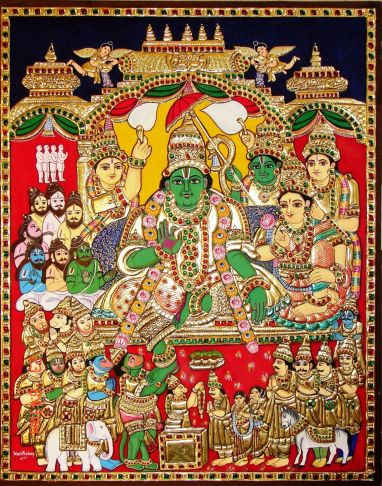
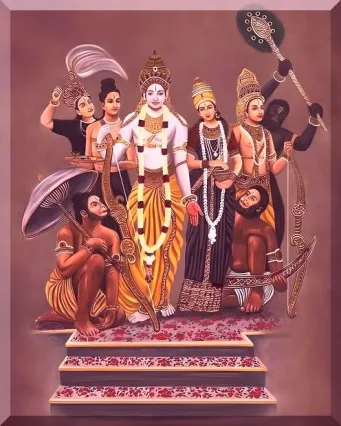
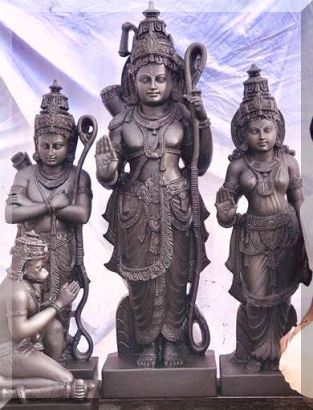

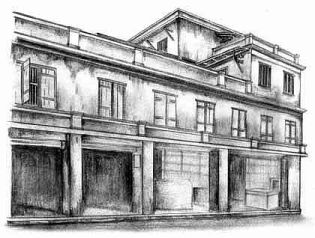



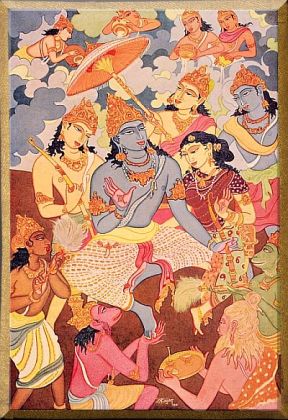


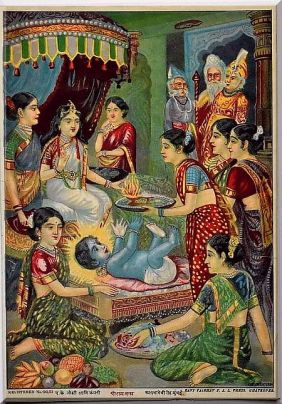
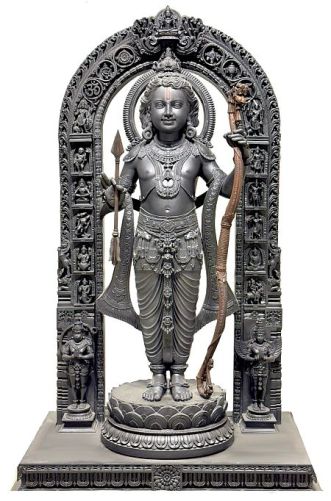
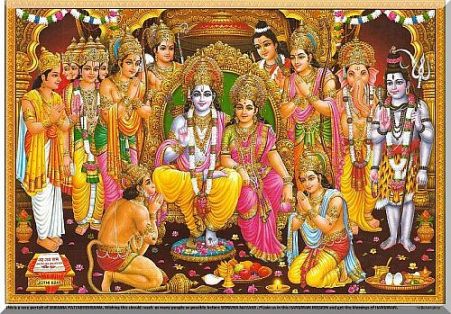





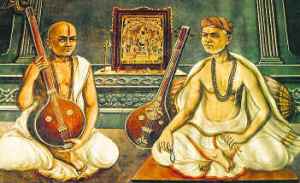



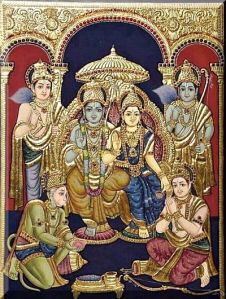
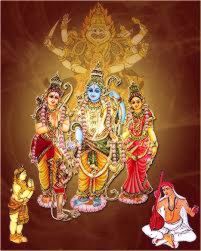




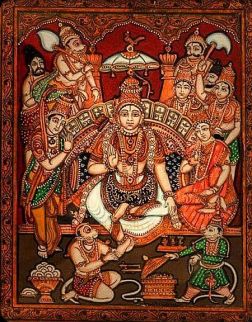


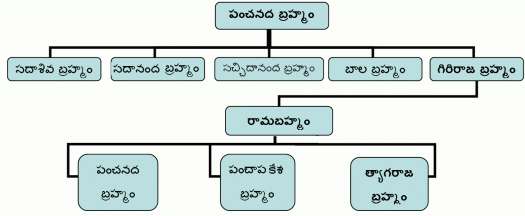
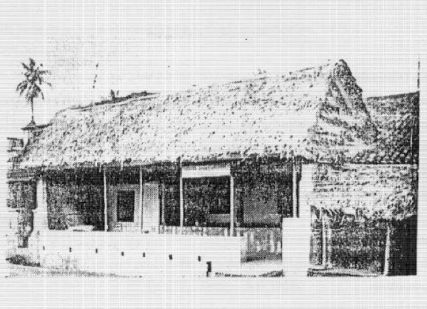


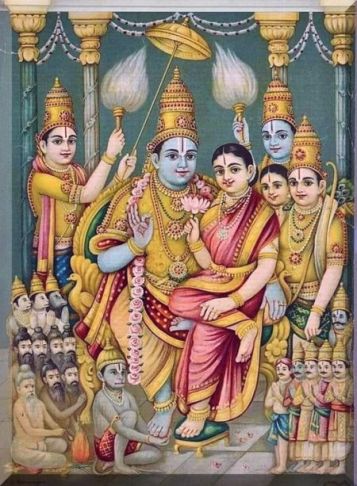 .
.
